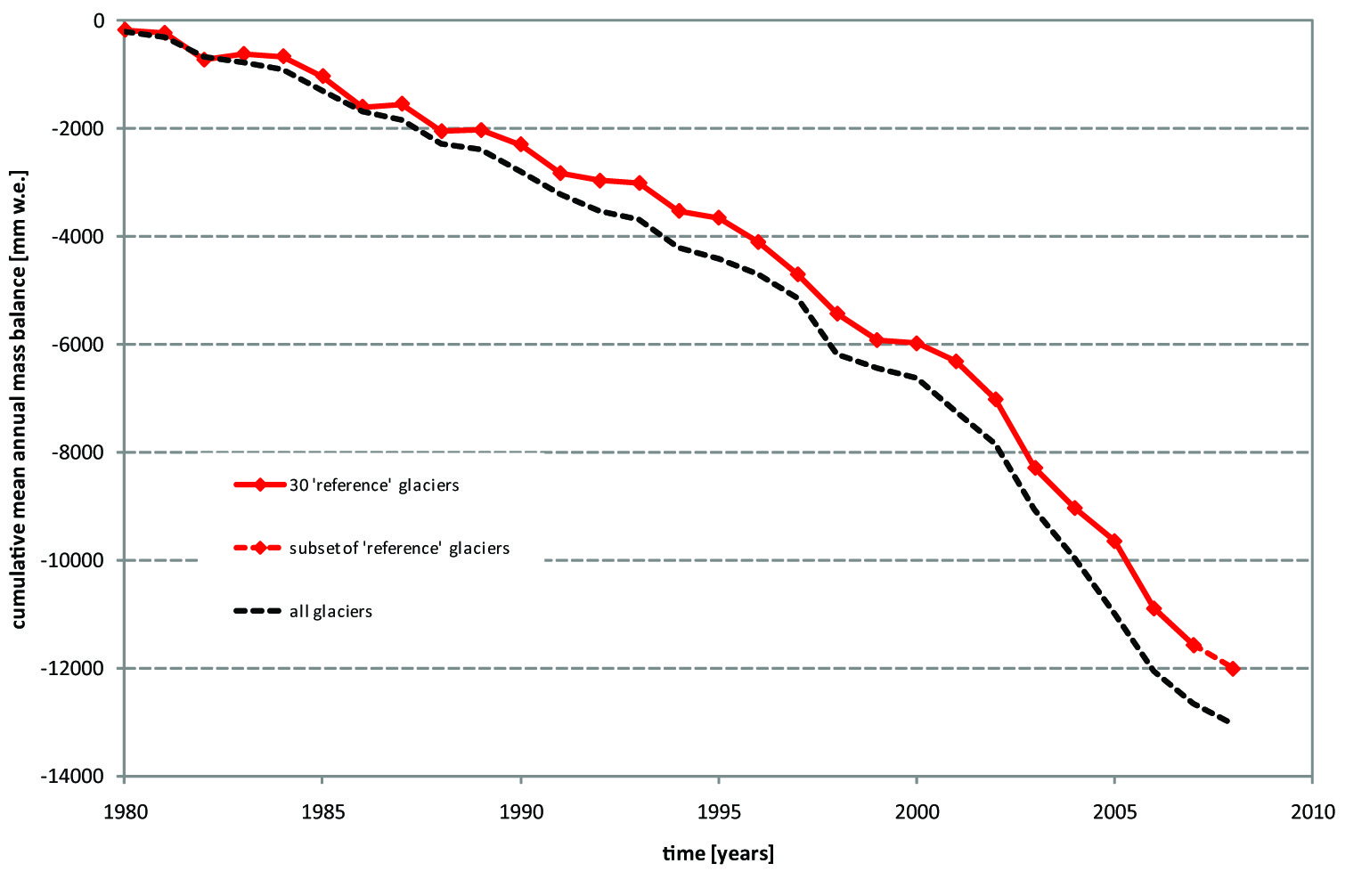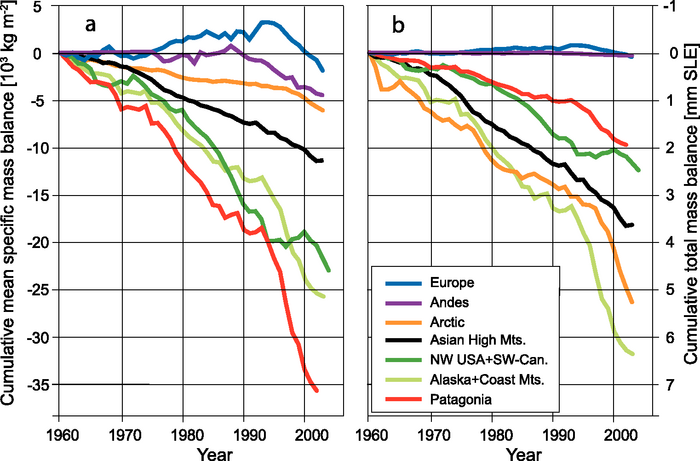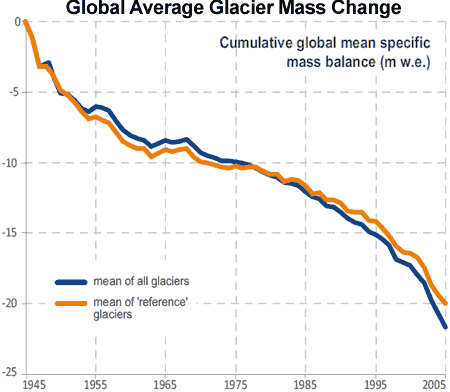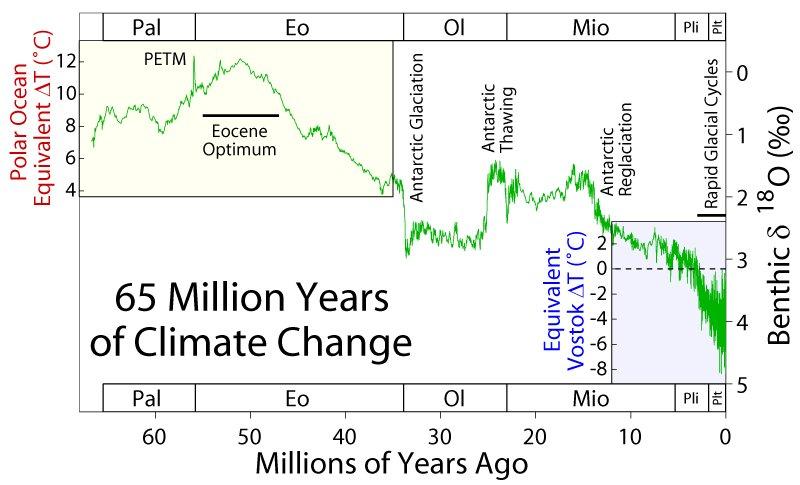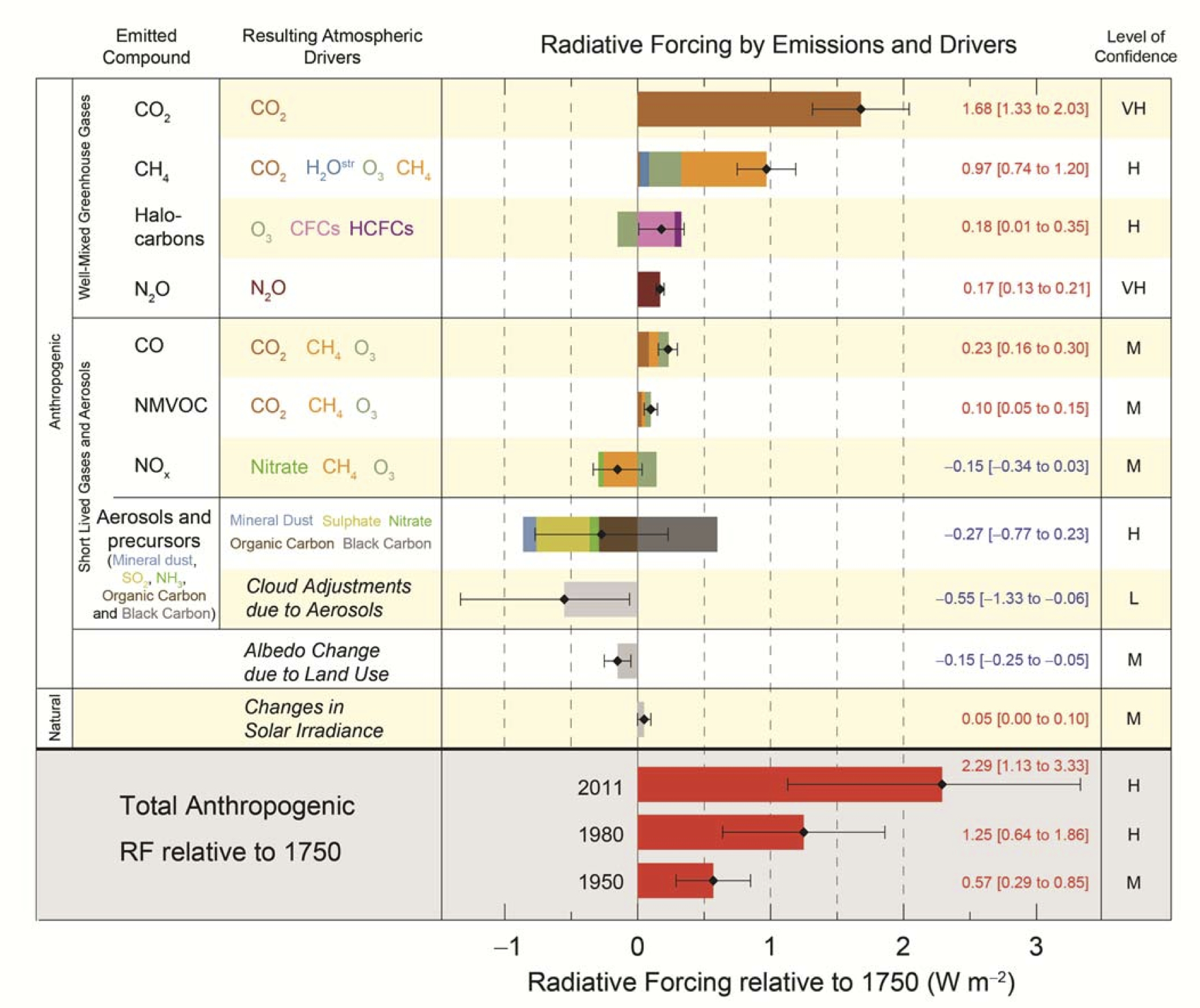Yes, of course, the greatest changes occur in the polar regions. But the alpine glaciers are going away, also. And that will have major effects in areas dependent on summer melt for agriculture. And, of course, the melting of the alpine glaciers adds a bit to the sea level rise.
That's what happens in an interglacial period. Nothing new there.
By the Milancovitch Cycles, we should already be in a very gradual cooling, not a rapid warming. And you are beginning to sound like the rest of the ignoramouses here, flapping yap with no basis.
Milankovitch Cycles — OSS Foundation
NATURAL CYCLE DEPARTURE
The natural cycle is range bound and well understood, largely constrained by the Milankovitch cycles. Since the beginning of the industrial age, humankind has caused such a dramatic departure from the natural cycle, that it is hard to imagine anyone thinking that we are still in the natural cycle.
Natural vs. Modern Forcing
 Natural vs. Modern Climate Path
Natural vs. Modern Climate Path

